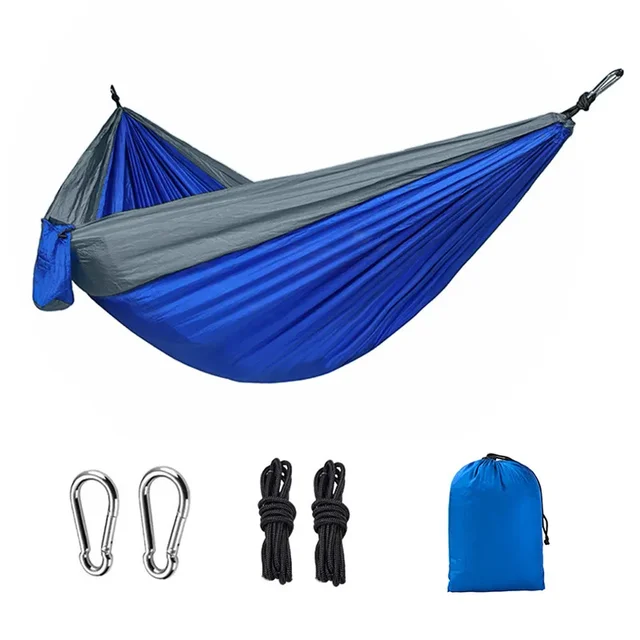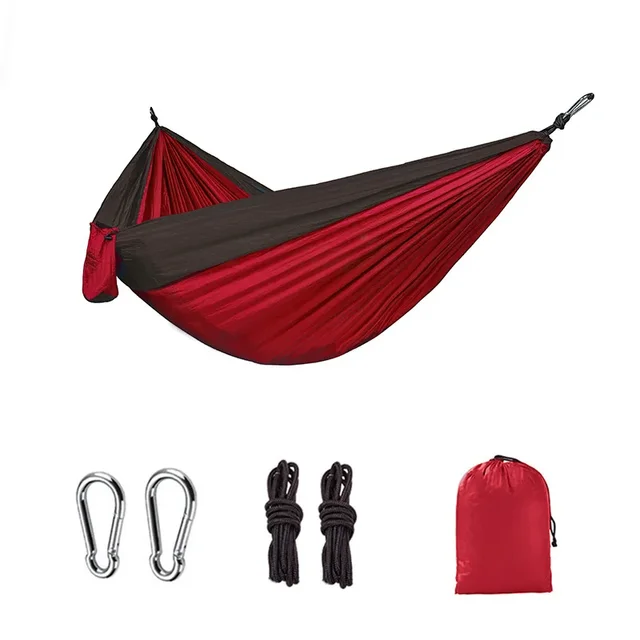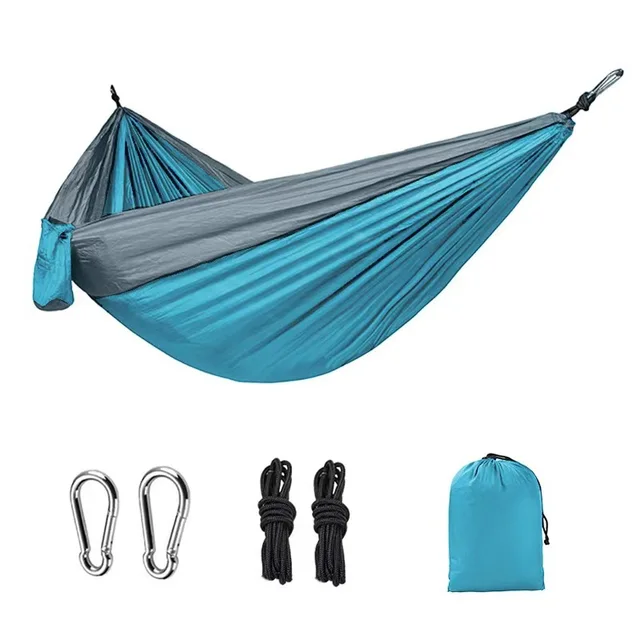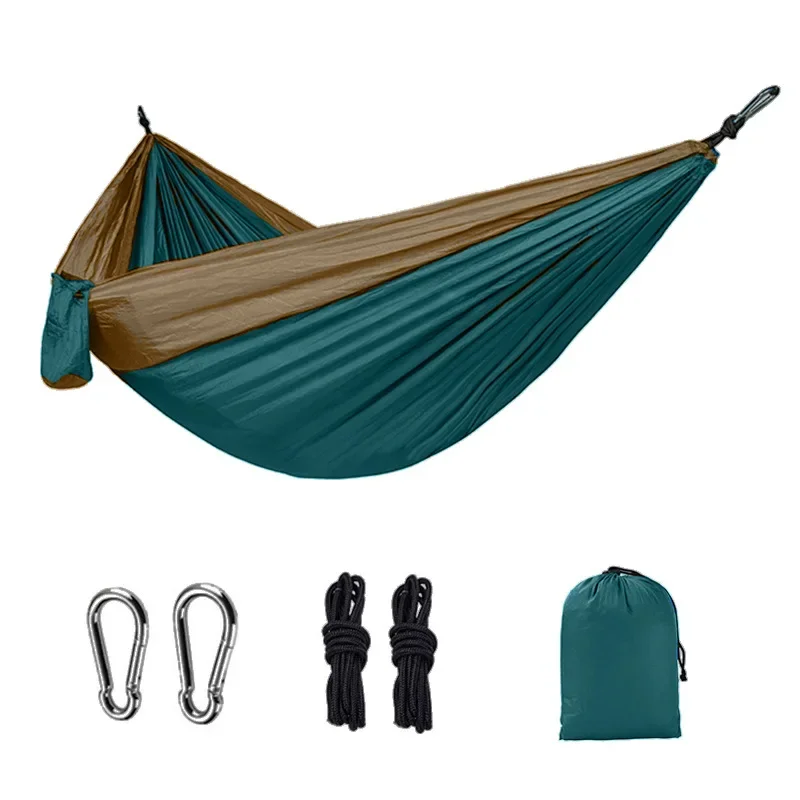Hammocks are much more than simple fabric slings; they are a versatile outdoor essential that can transform your relaxation experience. This article delves into everything you need to know about hammocks, from their history and types to setup and maintenance, ensuring you make the most of this relaxing outdoor feature.
Types of Hammocks
Traditional Hammocks
Traditional hammocks are typically made from woven fabrics or ropes. They often feature a net-like design and are known for their durability and comfort. These hammocks can be made from various materials such as cotton, polyester, or a blend of both. The weave pattern provides excellent breathability, making them ideal for warm climates. Traditional hammocks are also popular for their classic look and versatility.
Mayan Hammocks
Originating from the Yucatán Peninsula, Mayan hammocks are renowned for their intricate and colorful designs. They are handwoven using a special technique that creates a highly flexible and supportive structure. Made from soft cotton or nylon, Mayan hammocks are known for their comfort and durability. The unique weave pattern of Mayan hammocks allows them to conform to the body, providing a cradling effect that enhances relaxation.
Brazilian Hammocks
Brazilian hammocks are characterized by their dense, tightly woven fabric, which offers a supportive and cozy feel. These hammocks are often made from high-quality cotton or synthetic fibers, providing a luxurious and long-lasting experience. They typically feature a broader design, allowing for more room to stretch out. Brazilian hammocks are popular for their comfort and are often used in both outdoor and indoor settings.

Camping Hammocks
Camping hammocks are designed specifically for outdoor adventures. They are lightweight, compact, and often come with built-in features like mosquito nets and rainfly covers. Made from durable materials such as ripstop nylon or parachute fabric, camping hammocks are engineered to withstand the rigors of outdoor use. They are easy to set up and pack away, making them a favorite among hikers, campers, and backpackers.
How to Set Up a Hammock
Choosing the Right Location
Selecting the ideal location for your hammock is crucial for a comfortable experience. Look for a spot with two sturdy anchor points, such as trees or posts, that are approximately the same height and distance apart. Ensure the area is free from obstacles like sharp branches or rocks. The ground should be level to avoid any discomfort while lounging.
Proper Installation Techniques
To set up your hammock, begin by attaching the hammock straps or ropes to the anchor points. Make sure the straps are securely fastened and positioned at the same height on each anchor point. The ideal height for the hammock’s attachment is about eye level when you are standing. Once the straps are in place, hang the hammock so that it forms a gentle curve or “sag” when you sit or lie in it. Adjust the tension to achieve the desired comfort level.
Adjusting for Comfort
Finding the perfect level of comfort in a hammock involves adjusting the sag and angle. Ideally, the hammock should be positioned at a slight angle, with the center of the hammock lower than the edges. This setup allows for a more ergonomic and relaxing position. Experiment with different angles and tensions until you find the most comfortable configuration for your needs.
Hammock Accessories
Hammock Stands
Made from materials such as steel or wood, hammock stands provide a stable and portable solution for setting up your hammock anywhere. They come in various sizes and designs to accommodate different hammock styles. Some stands are adjustable, allowing you to customize the height and width to match your hammock’s requirements.
Hammock Straps and Ropes
Hammock straps and ropes are essential for securely hanging your hammock. Straps are often preferred for their ease of use and versatility, as they can be wrapped around trees or posts without causing damage. They also allow for quick adjustments to the hammock’s height and tension. Ropes, on the other hand, provide a more traditional setup and can be used in a variety of knots and configurations. Both options are available in different lengths and strengths to suit your needs.
Hammock Tarps and Rainflies
For those who use hammocks in outdoor settings, tarps and rainflies are important accessories for protection against the elements. These coverings provide shelter from rain, wind, and sun, ensuring that you stay dry and comfortable. Tarps and rainflies come in various sizes and materials, including waterproof and UV-resistant fabrics. They are typically easy to set up and can be adjusted to provide optimal coverage.
Caring for Your Hammock
Cleaning and Maintenance
Proper care and maintenance are essential for extending the life of your hammock. Regularly clean your hammock according to the manufacturer’s instructions. For most fabric hammocks, a gentle wash with mild detergent and water is sufficient. Avoid using harsh chemicals or abrasive materials that could damage the fabric. After cleaning, allow the hammock to air dry completely before storing it to prevent mold and mildew growth.
Storing Your Hammock
When not in use, store your hammock in a cool, dry place. Avoid leaving it exposed to direct sunlight for prolonged periods, as UV rays can degrade the fabric over time. If you’re using a camping hammock, make sure it is thoroughly dry before packing it away to prevent moisture-related issues. Using a protective storage bag or cover can help keep your hammock in good condition during the off-season.

Benefits of Using a Hammock
Comfort and Relaxation
One of the primary benefits of hammocks is their unparalleled comfort. The suspended design of a hammock allows for a gentle swaying motion that can enhance relaxation and reduce stress. The hammock’s ergonomic shape cradles your body, relieving pressure points and promoting a restful experience. Whether used for napping, reading, or simply lounging, a hammock provides a unique and soothing environment.
Health Benefits
Hammocks can offer several health benefits, particularly for those with back issues or joint pain. The hammock’s ability to conform to the body’s natural curves can help alleviate pressure on the spine and joints. Additionally, the gentle rocking motion of a hammock can promote better sleep and relaxation. Some studies suggest that hammocks can aid in reducing insomnia and improving overall well-being.
Versatility and Convenience
Hammocks are incredibly versatile and can use in a variety of settings. Whether you’re enjoying a sunny day in your backyard, camping in the wilderness, or taking a break at the beach, a hammock can easily adapt to different environments. Many hammocks design to be portable and easy to set up, making them a convenient option for outdoor adventures and spontaneous relaxation.
Choosing the Right Hammock for You
Assessing Your Needs
When selecting a hammock, consider your specific needs and preferences. Think about where you will primarily use the hammock, whether it’s for backyard lounging, camping, or travel. Determine the size and style that best fits your space and comfort requirements. Additionally, consider any additional features or accessories that may enhance your hammock experience, such as built-in mosquito nets or rainflies.
Budget Considerations
Hammocks come in a range of prices, depending on factors such as material, design, and brand. Set a budget that aligns with your needs and preferences. While it’s possible to find affordable options, investing in a high-quality hammock can provide greater durability and comfort in the long run. Compare different models and read reviews to ensure you choose a hammock that offers the best value for your investment.

Conclusion
Summary of Key Points
Hammocks are a timeless and versatile outdoor essential that offer comfort, relaxation, and numerous benefits. Understanding their history, types, and proper setup techniques can help you make the most of your hammock experience. From traditional designs to modern camping models, there is a hammock to suit every need and preference. With proper care and maintenance, a hammock can provide years of enjoyable relaxation and outdoor enjoyment.
Final Thoughts
Embracing the hammock lifestyle can transform your outdoor experiences, offering a perfect blend of comfort and convenience. Whether you’re lounging in your backyard, exploring the great outdoors, or simply taking a break, a hammock can enhance your relaxation and overall well-being. Take the time to choose the right hammock and accessories for your needs, and enjoy the ultimate in outdoor comfort and leisure.
